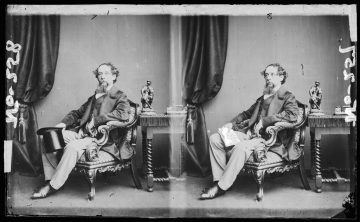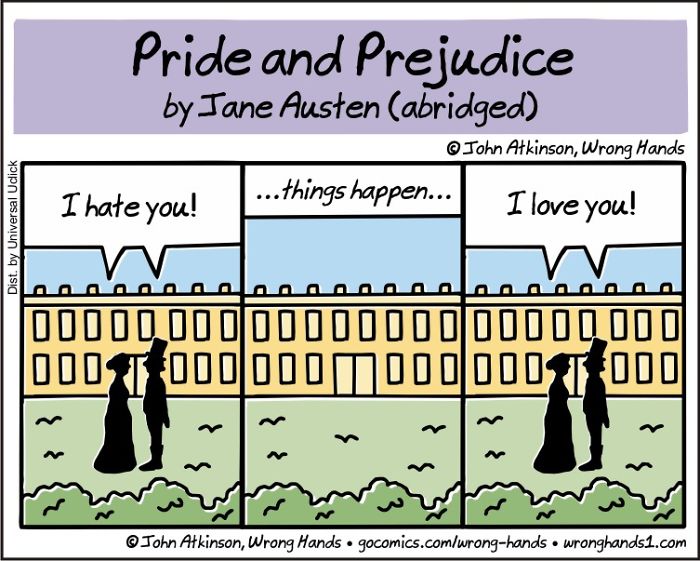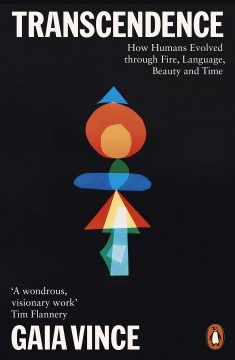Ed Simon in The Baffler:
 IN OLIVER HIRSCHBIEGEL’S endlessly memed 2004 German film Downfall, about Adolf Hitler’s last delusional, self-obsessed days toward the end of the Second World War, there is an unsettling scene that stands out in a movie made up of them. Hitler, as played with reptilian efficacy by Bruno Ganz, crouches down and stares through a white plaster miniature of a planned triumphal arch. As the camera pans out, we see that Hitler is intensely studying an entire city of these models, a reimagined new Berlin that was to be called “Germania.” About the size of several pool tables linked together, the Third Reich’s architect Albert Speer has assembled what looks like a fascist model railroad town, a reconceived capital of monumental columns and widened boulevards, of neoclassical statues and massive marble buildings.
IN OLIVER HIRSCHBIEGEL’S endlessly memed 2004 German film Downfall, about Adolf Hitler’s last delusional, self-obsessed days toward the end of the Second World War, there is an unsettling scene that stands out in a movie made up of them. Hitler, as played with reptilian efficacy by Bruno Ganz, crouches down and stares through a white plaster miniature of a planned triumphal arch. As the camera pans out, we see that Hitler is intensely studying an entire city of these models, a reimagined new Berlin that was to be called “Germania.” About the size of several pool tables linked together, the Third Reich’s architect Albert Speer has assembled what looks like a fascist model railroad town, a reconceived capital of monumental columns and widened boulevards, of neoclassical statues and massive marble buildings.
The dictator circles around the table, slowly, pompously, and reverentially considering the design, while delivering an encomium for the assembled officials and their secretaries (including Speer) about past architectural wonders, such as the Acropolis, which Germania will supposedly supplant. Finally, he pauses in front of the ribbed dome of the Volkshalle, which was to have been sixteen times larger than that of St. Peter’s Basilica, so huge that it would have had its own weather patterns underneath the roof. “You know Speer, there’s an advantage to those bombings,” Hitler says, amid the distant sound of Soviet incendiaries exploding over Berlin’s streets. “It’s easier to clean up debris than to demolish everything ourselves.” He’d of course be dead within a few months.
More here.



 Adam Shatz in the LRB:
Adam Shatz in the LRB: Audrey Truschke in Aeon:
Audrey Truschke in Aeon: Two themes seem
Two themes seem A powerful gene-editing tool called Crispr-Cas9, which this month
A powerful gene-editing tool called Crispr-Cas9, which this month  The essays explore the subjects – walls and borders, truth and silence, identity and memory and the limitations of language – present in her fiction while her autobiographical accounts give valuable context. Despite having slept through a nation’s collapse, Erpenbeck swiftly realised: “Everything that had been called the present up until then was suddenly called the past.” And so she erected another border inside herself, “made of time, between the first half of my life which was transformed into history by the fall of the wall… and the second half, which began at that same moment”. She clearly enjoyed a happy childhood. In John we learn about the lovesick schoolboy who would phone her and, refusing to reveal his identity, would quote Beatles lyrics. Years later, when Erpenbeck requested her file from the Stasi, she discovered that they had intercepted John’s daily record of who had arrived and left her apartment block. In Open Bookkeeping her mother’s death in 2008 is reduced to a poignant list of everything Erpenbeck has to find a home for, the accounts she has to close, the refunds that come in and those that don’t.
The essays explore the subjects – walls and borders, truth and silence, identity and memory and the limitations of language – present in her fiction while her autobiographical accounts give valuable context. Despite having slept through a nation’s collapse, Erpenbeck swiftly realised: “Everything that had been called the present up until then was suddenly called the past.” And so she erected another border inside herself, “made of time, between the first half of my life which was transformed into history by the fall of the wall… and the second half, which began at that same moment”. She clearly enjoyed a happy childhood. In John we learn about the lovesick schoolboy who would phone her and, refusing to reveal his identity, would quote Beatles lyrics. Years later, when Erpenbeck requested her file from the Stasi, she discovered that they had intercepted John’s daily record of who had arrived and left her apartment block. In Open Bookkeeping her mother’s death in 2008 is reduced to a poignant list of everything Erpenbeck has to find a home for, the accounts she has to close, the refunds that come in and those that don’t. A.N. Wilson has been for many years one of England’s most formidable biographers, as well as an amazingly productive novelist — 23 novels under his belt, to match nearly the same number of nonfiction considerations of subjects ranging from Jesus and St. Paul to Milton, Darwin, Hitler, C. S. Lewis and the queen. (Along the way he spent seven years lecturing on medieval literature at Oxford.) His knowledge is wide, his writing fluent — one can only wonder why his name and reputation haven’t flourished here in America the way they have in his own country, where he is something of a Figure. Alas, I don’t believe that this is going to change with his latest book, “The Mystery of Charles Dickens,” which is appearing just in time for the Dickens anniversary. Here, to put it bluntly, is a highly peculiar biography — peculiar not for what it says about Dickens but for what it says about Wilson himself.
A.N. Wilson has been for many years one of England’s most formidable biographers, as well as an amazingly productive novelist — 23 novels under his belt, to match nearly the same number of nonfiction considerations of subjects ranging from Jesus and St. Paul to Milton, Darwin, Hitler, C. S. Lewis and the queen. (Along the way he spent seven years lecturing on medieval literature at Oxford.) His knowledge is wide, his writing fluent — one can only wonder why his name and reputation haven’t flourished here in America the way they have in his own country, where he is something of a Figure. Alas, I don’t believe that this is going to change with his latest book, “The Mystery of Charles Dickens,” which is appearing just in time for the Dickens anniversary. Here, to put it bluntly, is a highly peculiar biography — peculiar not for what it says about Dickens but for what it says about Wilson himself. Look away, America. For your own good, look away. Everything will still be there when you come back. Even once the vote counting’s done, there’ll be the recounting, and the tag-along lawsuits.
Look away, America. For your own good, look away. Everything will still be there when you come back. Even once the vote counting’s done, there’ll be the recounting, and the tag-along lawsuits.
 Let’s turn to Transcendence by
Let’s turn to Transcendence by  France elected Emmanuel Macron president in 2017 as a symbolic barrier against the rising global tide of illiberal populism. Four years later, as the chaos fomented by U.S. President Donald Trump builds toward some sort of crescendo in the United States, domestic tensions in France threaten to define Macron’s leadership and legacy. The coronavirus pandemic is resurgent, leading the government to institute a strict new lockdown that will continue at least until early December; the mouvement des “gilets jaunes” (“yellow vest” protest movement) has been simmering since late 2018; and a crisis that began in 2015, when Islamist terrorists twice attacked Paris, never went away and has in fact returned with new intensity in recent months.
France elected Emmanuel Macron president in 2017 as a symbolic barrier against the rising global tide of illiberal populism. Four years later, as the chaos fomented by U.S. President Donald Trump builds toward some sort of crescendo in the United States, domestic tensions in France threaten to define Macron’s leadership and legacy. The coronavirus pandemic is resurgent, leading the government to institute a strict new lockdown that will continue at least until early December; the mouvement des “gilets jaunes” (“yellow vest” protest movement) has been simmering since late 2018; and a crisis that began in 2015, when Islamist terrorists twice attacked Paris, never went away and has in fact returned with new intensity in recent months.